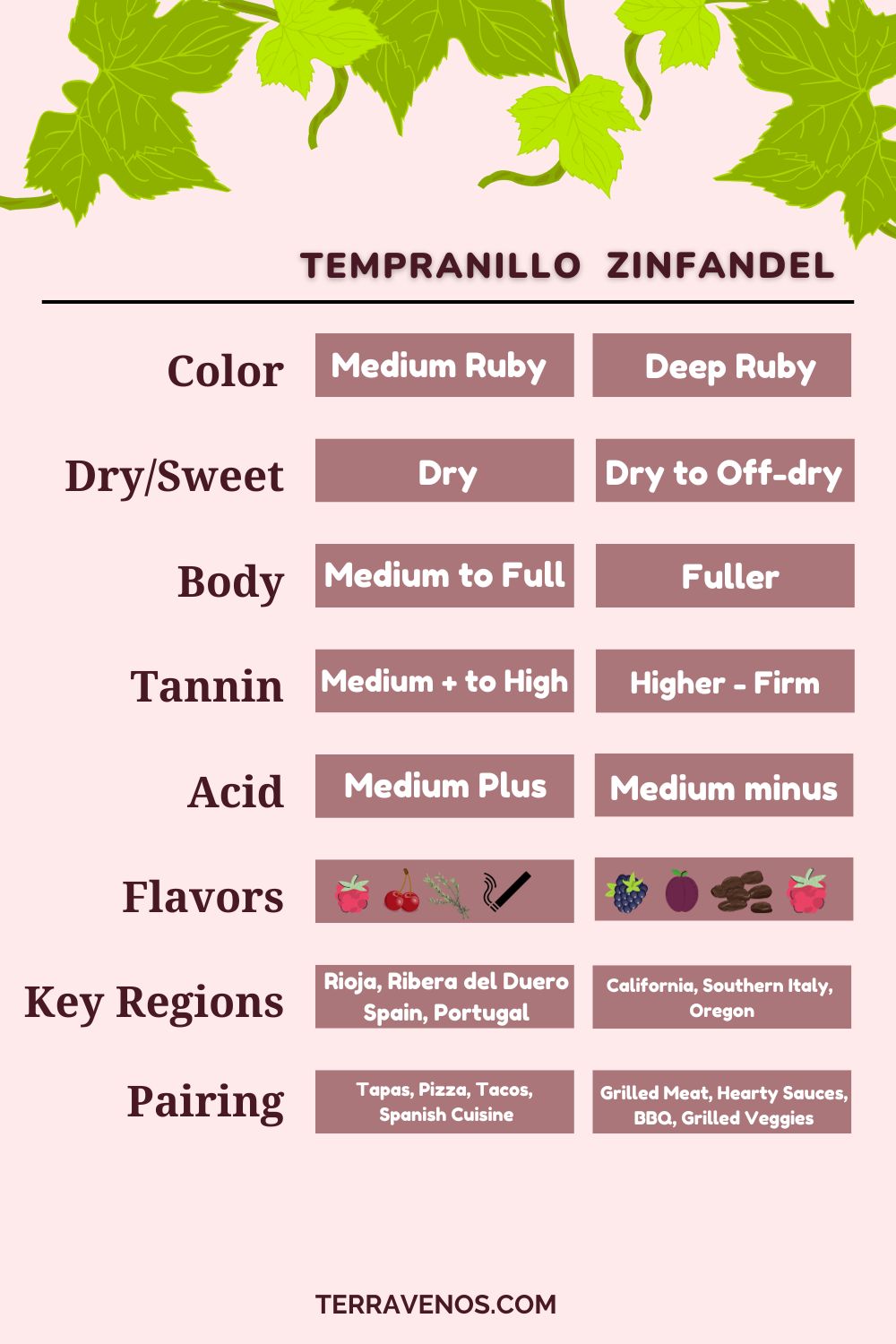
If you’re comparing Tempranillo vs Zinfandel, you’ve noticed there’s a difference. Smart!
Tempranillo is dry, high-tannin, and red-fruited; Zinfandel is dry to off-dry, has jammy black fruit, higher alcohol, softer tannins, and a fuller body.
Comparing Tempranillo vs Zinfandel is a perfect way to learn about these two common red wines.
Tempranillo Basics: Spain’s Red Wine
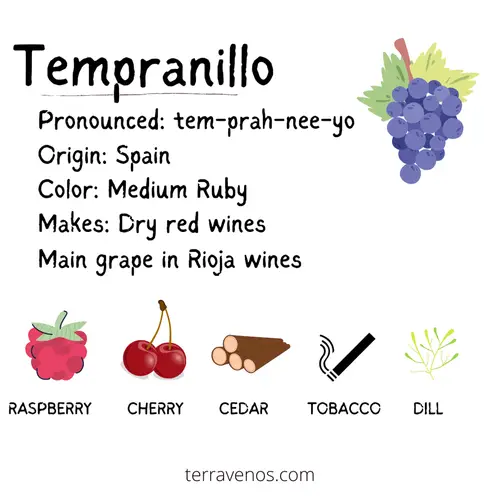
Tempranillo, a well-regarded grape originating from Spain, has gained worldwide recognition for its robust character. Now a global favorite, Tempranillo thrives in vineyards worldwide, from Spain’s Rioja and Ribera del Duero to New World regions.
With its deep crimson color, Tempranillo offers a palate of red berries complemented by subtle hints of coconut, herb, and cedar. This flavorful profile has made it popular among wine enthusiasts globally, securing its place in cellars.
Spain, the birthplace of Tempranillo, showcases its versatility from everyday wines to prestigious reserva and gran reserva selections.
Fun Wine Fact: Tempranillo gets its name from the Spanish word “temprano,” meaning early, as it usually ripens before many other grape varieties.
Helpful Tip: Here’s a complete guide to Tempranillo.

Zinfandel Wine Basics: A Big Red Wine
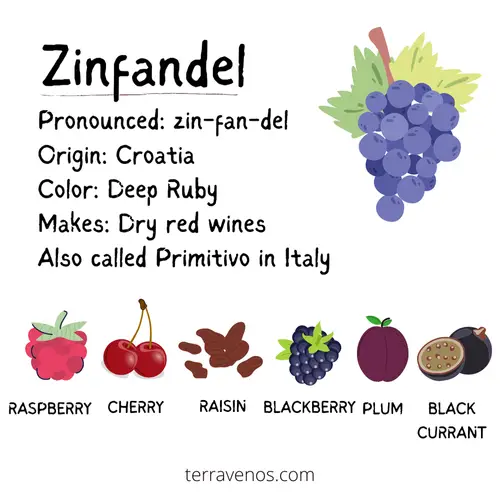
Zinfandel, or Zin, is most at home in California’s warmer growing climates, like Paso Robles, parts of Sonoma, and Lodi. Zinfandel is a late, uneven-ripening grape, meaning that you can get fresh fruit flavors, jammy flavors, and even raisin flavors in your wine, giving it layered complexity. Zinfandel’s known for its full body and higher-alcohol wines. (Check out this comprehensive guide to Zinfandel wine.)
Fun Wine Fact: Zinfandel goes by Primitivo in Italy.
Wine Comparison: Tempranillo vs Zinfandel
Here’s a quick side-by-side comparison that covers the most common styles of Tempranillo and Zinfandel:
| Characteristics | Tempranillo | Zinfandel |
|---|---|---|
| Hue | Pale to medium ruby | Medium to dark purple |
| Color | Red | Red to black |
| Aromas | Fresh or dried red berries, cherry, leather | Jammy blackberry, black cherry, raisin |
| Sweetness | Dry | Dry to off-dry |
| Tannin | High-Firm | Medium – Medium Plus |
| Acid | Medium | Medium |
| Alcohol (%) | 13-15% | 14-17% |
| Body | Medium to full | Full |
| Intensity | Moderate to pronounced | Pronounced |
| Key Growing Regions | Spain (Rioja), Portugal (Tinta Roriz) | California, Italy (Primitivo) |
| Classic Pairings | Grilled meats, paella, tapas | Barbecue, hearty stews, pizza |
| Price Range | $10-$50+ | $15-$50+ |
Tempranillo Wine Profile
- Sweetness: Tempranillo is typically produced in a dry style, offering minimal residual sugar.
- Alcohol: Tempranillo wines generally have a low to moderate alcohol content, ranging from around 12% to 14% ABV, lower than Zinfandel.
- Body: Known for its medium to full body, the style of Tempranillo will depend on the growing region and winemaker. Tempranillo has a lighter body compared to Zinfandel.
- Tannins: Tempranillo has pronounced tannins, about the same as Zinfandel, in the medium to high range.
- Flavor and Aroma Intensity: Tempranillo has juicy red fruit, including cherry, plum, and tomato (tomato leaf); aged Tempranillo can get savory leather notes
Helpful Tip: Check out this 30-second tasting tip on how to taste tannins.
Zinfandel Wine Profile
- Sweetness: Zinfandel is almost always made in a dry style unless it is an inexpensive bulk wine; higher alcohol Zinfandels (16%+) may have a little residual sugar because the yeast couldn’t ferment the wine dry.
- Alcohol: Zinfandel wines are typically high alcohol, sometimes a little higher than Tempranillo, ranging from around 13% to 16% ABV.
- Acid: Zinfandel tends to have medium acid, similar to Tempranillo.
- Body: Zinfandel boasts a bold and full-bodied profile thanks in part to its high alcohol.
- Tannins: Zinfandel tends to have medium to medium plus tannins, softer than Tempranillo
- Flavor and Aroma Intensity: Rich flavors of jammy blackberry, black plum, cherry, raisin, and black currant.
Fun Wine Fact: Zinfandel is an uneven ripening grape. This means that not all of the berries will ripen at the same time, leaving some to raisinate on the bunch, while others barely ripe. This gives Zinfandel a jammy and raisinated profile while still having medium acid levels.
Are Tempranillo and Zinfandel Similar?
Both Tempranillo and Zinfandel are red wines that can be oaked to give them spice and vanilla flavors. They both have medium tannins.
What Is the Difference Between Tempranillo and Zinfandel?
Zinfandel is fuller bodied than Tempranillo. Zinfandel is higher in alcohol than Tempranillo. Tempranillo has red fruit; Zinfandel has black fruit.
Tempranillo vs. Zinfandel: Food Pairings and Serving Temperature
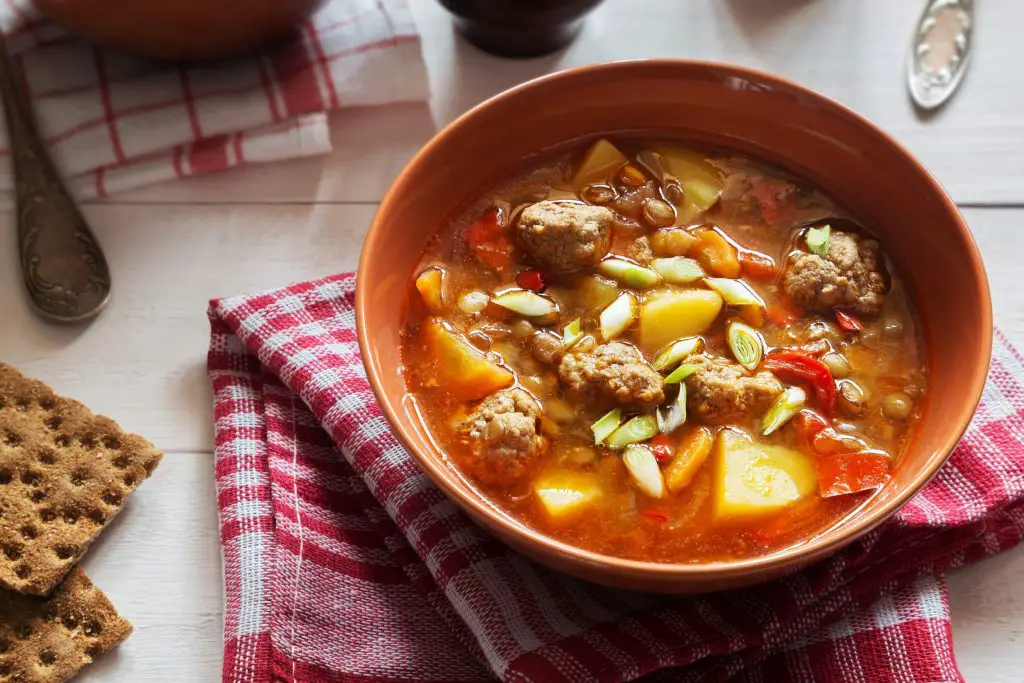
Tempranillo: Tempranillo’s bright red fruit profile makes it an excellent pairing partner for earthy dishes, like lentil soup and paella. Check out: Tempranillo Food Pairing Guide
Zinfandel: Zinfandel’s full, rich body begs for big foods – steak, BBQ, hamburger, meatloaf – go big!
Both Tempranillo and Zinfandel are best enjoyed at a slightly cool temperature. Place them in the refrigerator for about 10-15 minutes before serving.
Discover More:
Red Wine and Cheese Pairing: What You Need to Know
Tempranillo Cheese Pairing Guide
Which Is More Expensive, Zinfandel vs Tempranillo?
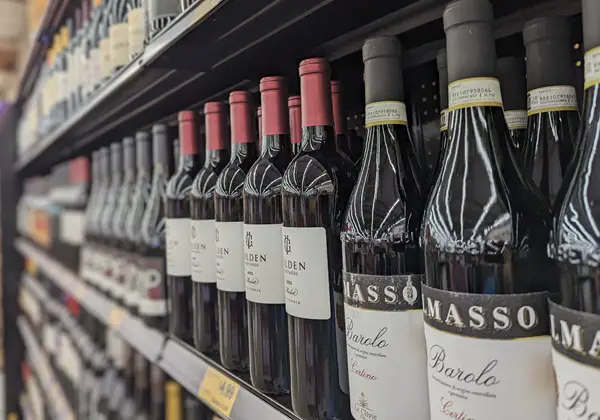
Tempranillo and Zinfandel are similarly priced.
Helpful Tip: Here’s how a bottle of wine gets priced. This post is a little nerdy, but it’s quite complicated and nuanced depending on where you are in the world and where you’re buying your wine.
Tempranillo Cost
Entry-level Tempranillo wines are typically affordable, ranging from $8 to $10 per bottle. If wine affordability is something you’re thinking about, you’ll find drinkable Tempranillo wines in most wine markets wherever you shop.
If you are looking for premium Tempranillo wines, there are higher-priced bottles available. These bottles, priced around $30 to $50 or higher, offer a more complex and nuanced drinking experience.
Helpful Tip: Look for Rioja DOCG and Ribera del Duero DO quality wines made from Tempranillo. Look for affordable Tempranillo from La Mancha DO.
Zinfandel Wine Cost
Zinfandel wines are widely available at various price points. You’ll find budget-friendly Zinfandel starting around $5 USD. These wines, while more affordable, are typically made in an off-dry (slightly sweet) style.
Zinfandel starts to get interesting around $18-$20 USD. Premium Zinfandel wines sourced from old vines and historic vineyards will cost you around $45-$65 USD.
Which Is Better, Tempranillo or Zinfandel?
If you enjoy red wines with bright red fruit, a leaner body, noticeable tannins, and a savory quality, then Tempranillo is the better wine for you. If you like softer, plumper red wines a fuller body, and jammy fruit, then Zinfandel is better. If you’re watching your alcohol intake, Tempranillo wines are often lower in alcohol than Zinfandel.
Personal Note: I’m not a big Zinfandel drinker. They have a time and place, but I drink a lot of wine and 16%-17% alcohol wines are hard on my poor body. So much so, that I frequently miss Zinfandel on blind-tasting challenges. Oh well. :/
Final Thoughts – Zinfandel or Tempranillo?
Both Zinfandel and Tempranillo deliver a unique drinking experience. They are both food wines and not much for solo sipping. I’d recommend deciding on which you want to serve based on what you’ll be eating.
I’m a big fan of side-by-side tastings to tease out the different wine characteristics. A great way to get started with these two wines is to do a side-by-side comparison.
Grab 2 bottles of similarly priced Tempranillo and Zinfandel. Invite over a few friends and enjoy an evening of swirling and sipping
Discover: Spanish red wines you need to be drinking
Thirsty for More?
Here’s a full pairing guide for Tempranillo wine.
I’m a big believer in doing side-by-side tastings to boost your wine knowledge. Here’s how to host your own wine tasting for beginners.
Check out this post on Merlot vs. Pinot Noir, another popular red wine comparison, along with Shiraz vs. Malbec.




